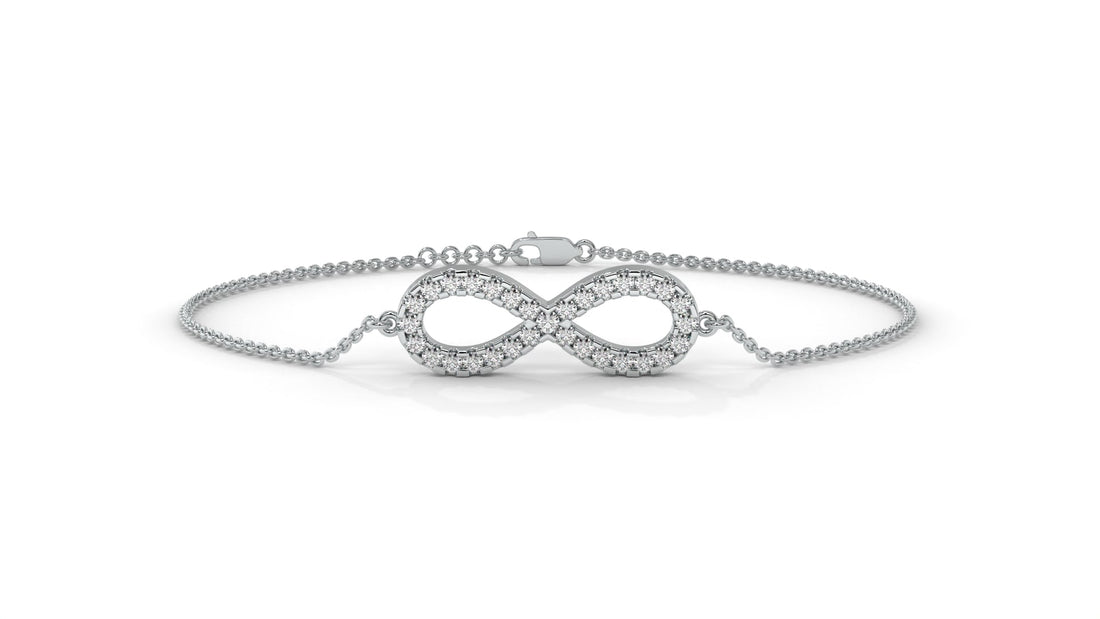
“The 4Cs of Diamonds Explained: Carat, Cut, Clarity, and Color”
Share
When shopping for a diamond, whether natural or lab-grown, you’ll often hear about the “4Cs.” This universal grading system, Carat, Cut, Clarity, and Color was created by the Gemological Institute of America (GIA) to help buyers understand diamond quality. Learning the 4Cs makes it easier to compare stones and choose the perfect balance of beauty and value.
1. Carat: The Diamond’s Weight
What it means: Carat refers to how much a diamond weighs, not its size. One carat equals 0.20 grams.
What to know: A higher carat weight usually means a larger stone, but two diamonds of the same carat can look different in size depending on their cut.
Buying tip: Consider slightly below “magic numbers” (like 1.9ct instead of 2.0ct) to save without noticeable size difference.
2. Cut: The Sparkle Factor
What it means: Cut determines how well a diamond’s facets interact with light. This is what creates brilliance, fire, and scintillation (the sparkle).
Grades: Excellent, Very Good, Good, Fair, Poor.
Why it matters: A well-cut 1.0ct diamond can look brighter and more stunning than a poorly cut 1.5ct.
Buying tip: Always prioritize cut, it’s the only factor controlled by human craftsmanship.
3. Clarity: The Purity Inside
What it means: Clarity measures how free a diamond is from internal “inclusions” and external “blemishes.”
Grades: Flawless (FL) to Included (I). Most diamonds fall in the middle range (VS and SI).
Buying tip: Many inclusions are invisible to the naked eye. Choosing “eye-clean” diamonds (like SI1 or VS2) can offer great value.
4. Color: The Diamond’s Hue
What it means: Color grades measure how colorless a diamond is, on a scale from D (colorless) to Z (light yellow or brown).
What to know: Even slight color differences can affect price dramatically.
Buying tip: For white gold or platinum settings, stick with near-colorless grades (G-H). For yellow or rose gold, slightly lower grades (I–J) can still look beautiful and save money.
Balancing the 4Cs
No diamond is perfect in all 4Cs, and you don’t need it to be. The key is finding the right balance for your budget and personal style. For example:
Prioritize cut for sparkle.
Choose a carat weight that suits your style.
Select a clarity that looks eye-clean.
Pick a color grade that complements the setting.
Natural vs. Lab-Grown Diamonds
The 4Cs apply to both natural and lab-grown diamonds. Lab-grown options often allow buyers to choose larger carat weights or higher quality within the same budget, making them an attractive choice for fashion-forward shoppers.
Because lab-grown diamonds are grown by humans, it’s possible to find stones with excellent grades across all 4Cs. If you are choosing a lab-grown diamond, you should always look for the best balance of carat, cut, clarity, and color your budget allows.
On the other side, natural diamonds are rare creations of the earth. They cannot be reproduced, and it is uncommon to find one that has the very best grades in all 4Cs. A perfect natural diamond is “one in many,” which is why they are considered treasures, unique, limited, and deeply valuable.
